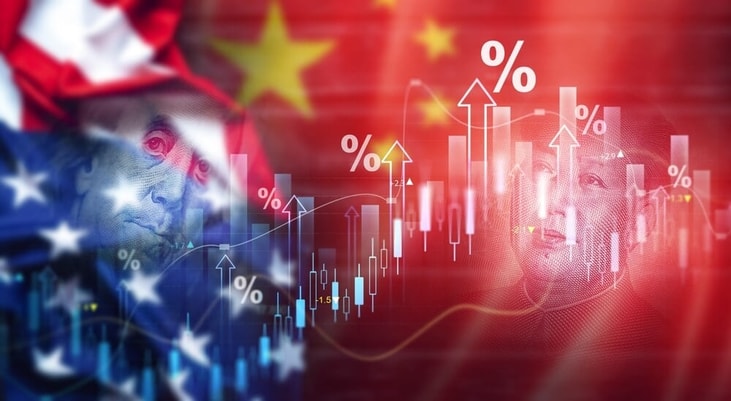China and US not tied through LNG but tariffs could impact some deals
China and the US are not heavily reliant on one another for LNG, and the impact of US tariffs on LNG trade flows has so far been limited, according to S&P Global Commodity Insights.
Over the past three years, US LNG has supplied just 4.4% of China’s total LNG imports. In the recent escalation, China has not imported any US LNG for more than 60 days.
But in a recent webinar, the US market intelligence provider warned that if the tariffs stand-off persists pressure will increase on both parties as long-term agreements will begin to be affected.
... to continue reading you must be subscribed
























